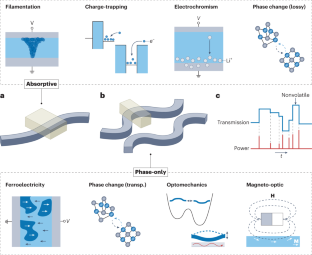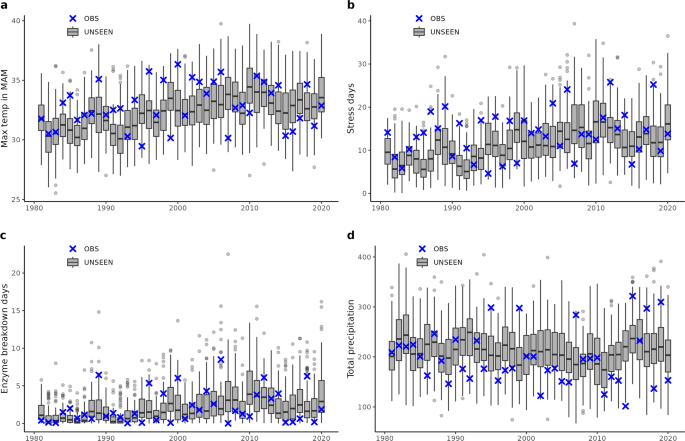2023-06-02 ピッツバーグ大学
◆これにより、高速データストレージや人工知能の加速、パラレル処理など、さまざまな応用分野で革新的な可能性が広がると期待されている。
<関連情報>
- https://news.engineering.pitt.edu/shining-a-light-on-neuromorphic-computing/
- https://www.nature.com/articles/s41566-023-01217-w
集積化された光メモリスター Integrated optical memristors
Nathan Youngblood,Carlos A. Ríos Ocampo,Wolfram H. P. Pernice & Harish Bhaskaran
Nature Photonics Published2:9 May 2023
DOI:https://doi.org/10.1038/s41566-023-01217-w

Abstract
Memristors in electronics have shown the potential for a range of applications, ranging from circuit elements to neuromorphic computing. In recent years, the ability to vary the conductance of a channel in electronics has enabled in-memory computing, thus leading to substantial interest in memristors. Optical analogues will require modulation of the transmission of light in a semicontinuous and nonvolatile manner. With the proliferation of photonic computing, such an optical analogue, which involves modulating the optical response in integrated circuits while maintaining the modulated state afterwards, is being pursued using a range of functional materials. Here we review recent progress in this important and emerging aspect of photonic integrated circuits and provide an overview of the current state of the art. Optical memristors are of particular interest for applications in high-bandwidth neuromorphic computing, machine learning hardware and artificial intelligence, as these optical analogues of memristors allow for technology that combines the ultrafast, high-bandwidth communication of optics with local information processing.



